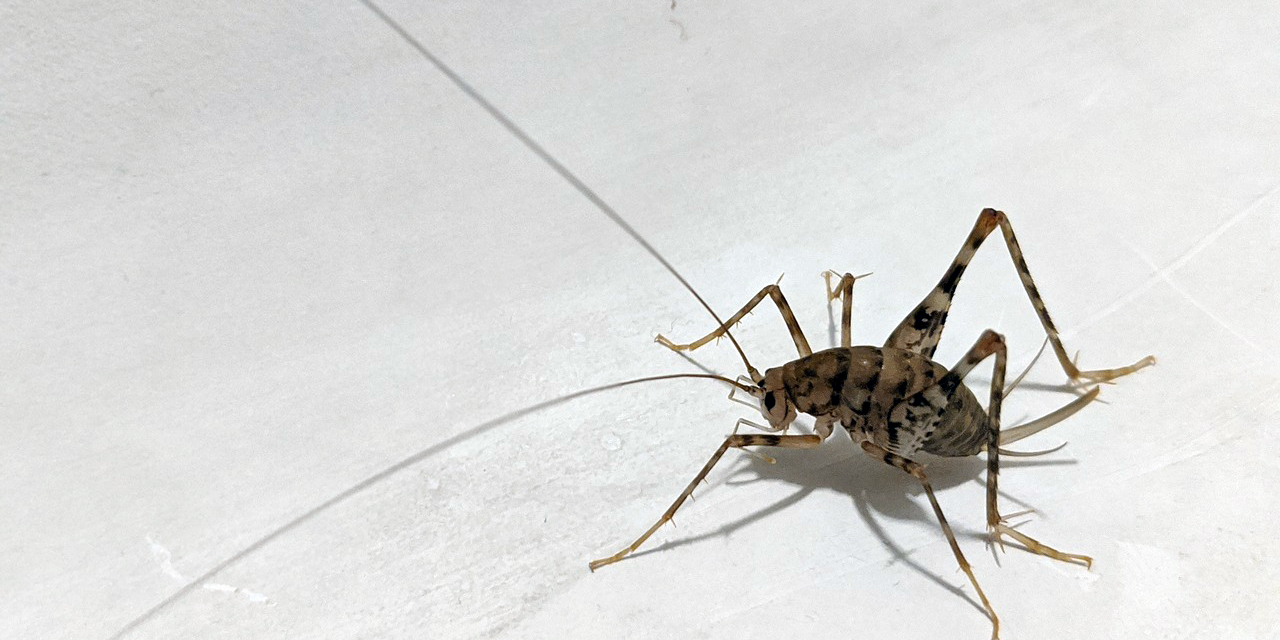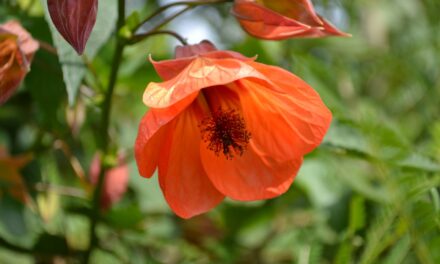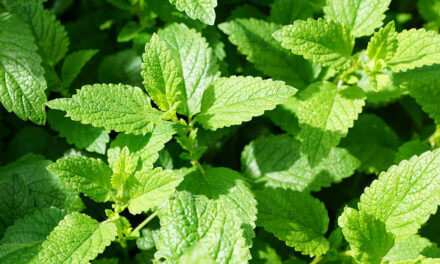As a food enthusiast and a passionate advocate for sustainable living, I couldn’t resist diving into the world of entomophagy – the practice of consuming insects as food.
You might cringe at the thought of munching on creepy crawlies, but trust me, the more I discovered, the more intrigued I became. Join me on this fascinating journey to explore how edible insects make waves in the culinary world and why they deserve a spot on your plate.
A Little History: Entomophagy Through the Ages
Believe it or not, entomophagy is far from being a new trend. It has been practiced for centuries in various cultures around the globe. Let’s take a brief trip through memory lane:
- Ancient civilizations: The Romans and Greeks considered certain insects, like locusts and beetle larvae, delicacies.
- Asian cuisine: Countries such as Thailand, Vietnam, and China have long-standing traditions of incorporating insects into their dishes, often as street food.
- African and Latin American cultures: From mopane worms in Zimbabwe to Chapulines (grasshoppers) in Mexico, insects have been integral to the diets of many African and Latin American communities.
Why Edible Insects? Environmental and Nutritional Benefits
You might wonder, “Why should I even consider eating insects?” Here are some compelling reasons:
- Sustainability: Insects require significantly less land, water, and food resources than traditional livestock. This makes them an eco-friendly alternative for protein and nutrients.
- Nutritional value: Edible insects are packed with high-quality protein, essential fatty acids, vitamins, and minerals. For example, crickets contain more protein per gram than beef and are rich in iron and B12.
- Taste: Once you get past the initial mental hurdle, you’ll be surprised that many insects boast unique and delicious flavors. They can be nutty, crunchy, or even sweet!
Insects on the Menu: Modern Culinary Creations
The culinary world has taken notice of the potential of edible insects, and innovative chefs are crafting mouthwatering dishes that might change your mind about this unusual food source.
- Fine dining: Renowned restaurants, like Noma in Copenhagen and Archipelago in London, have introduced insects into their gourmet dishes, elevating the concept of entomophagy in haute cuisine.
- Insect-based snacks: Companies like Exo and Chirps Chips have created cricket-based protein bars and chips, bringing edible insects to mainstream consumers.
- Insect flour: Cricket flour is now used as a nutritious and gluten-free alternative to traditional flour in baked goods, pasta, and more.
Taking the Leap: How to Start Your Edible Insect Adventure
If you’re ready to give entomophagy a try, here are some quick to help you get started:
- Begin with the familiar: Try insect-based snacks, such as cricket protein bars or chips. This can help you ease into the idea of eating insects.
- Experiment with recipes: Plenty of delicious recipes are available online that incorporate insects. Try a few and see what you like.
- Attend insect-tasting events: Many cities now host insect-tasting events, where you can sample various insect-based dishes and learn from experts in the field.
Entomophagy: A Sustainable and Nutritious Path Forward
As our global population grows and the demand for food resources increases, embracing entomophagy may become more critical than ever. Not only do edible insects provide a sustainable and nutritious food source, but they also offer unique flavors and textures that can elevate our culinary experiences.
So, what are you waiting for? It’s time to overcome any initial apprehensions and embark on an edible insect adventure of your own. You just might find that these little critters can be tasty, versatile, and, most importantly, a game-changer for our planet’s future.
A Flavorful and Sustainable Journey Awaits
We’ve explored the fascinating history of entomophagy, its numerous environmental and nutritional benefits, and the growing acceptance of edible insects in modern cuisine. Now, embracing this sustainable and nutritious food source is your turn.
As you delve into the world of edible insects, I encourage you to share your experiences with friends and family. You can inspire others to join you on this eco-friendly culinary journey.





